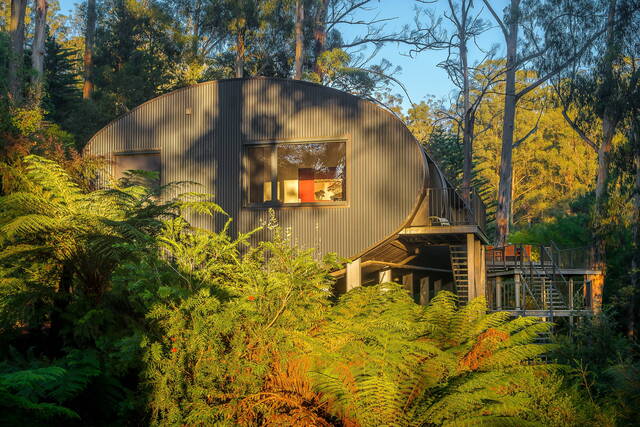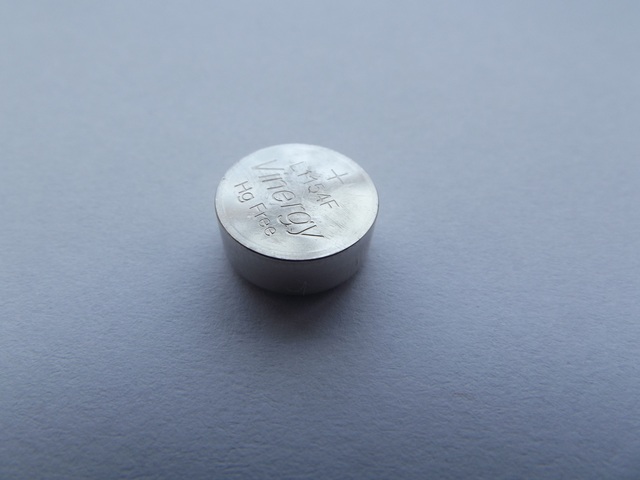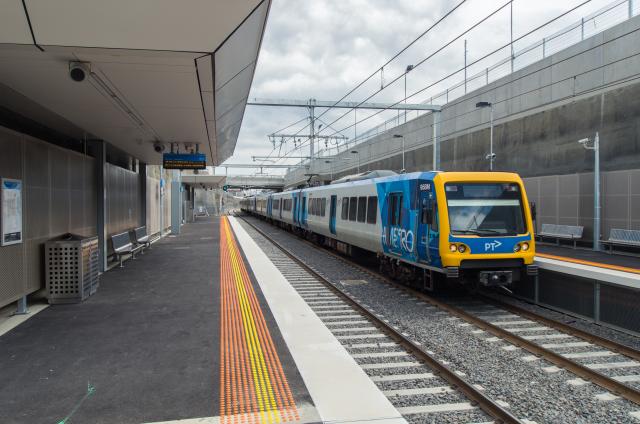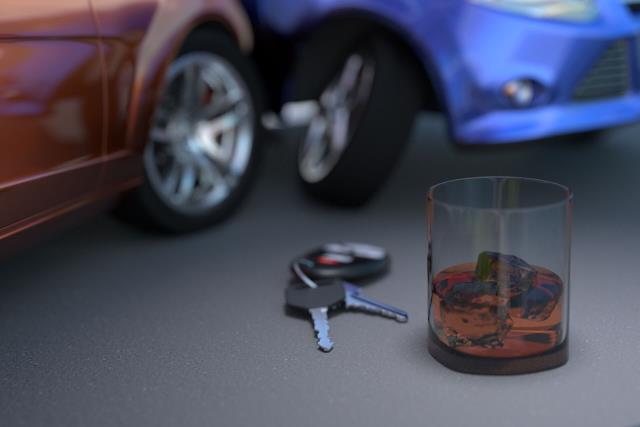Finished seven years ago and built to meet the standards of the ‘Passivhaus’ criteria, the iconic Kallista ‘log house’ is a leading example for sustainability in the Ranges.
Made predominantly from farmed timber and carefully designed to resist seasonal fluctuations in temperature, the Kallista log house employs conservative use of water and electricity.
Log House owner and builder Allan Murray said the Kallista Log House was based on the remnants of a charred, fallen log at the site of the house.
Allan said, “The architect was a young Irishman and he came up and there was a fallen tree on the vacant block when we got there. The whole site is a forest and noticing this, the architect said ‘a fallen log is typical of a forest. let’s make the house fit in.’”
The Passivhaus model from which the Kallista Log House is designed, is a prestigious European model that takes each room into account in order to achieve maximum sustainability.
Allan said, “I accepted that the task was going to be challenging because very few people had had anything to do with the Passivhouse.”
“Luckily I had a lot of experience introducing new technology in my past jobs so teaching tradesmen how to do things is something I was quite familiar with.”
“The other thing is the shape is circular and I adopted the skeleton of a snake as the foundations for the home,” Allan said.
“If you took all of the skin and everything off you would see the skeleton of a snake there.”
Allan remarked that if he could have done anything differently with the house he would have added solar panels.
“We had a set of large trees here that we had to keep because of council requirements. Unfortunately, they died and we had to have them cut down but as a result of that we have more sun on the garage,” Allan said.
“We didn’t have the opportunity to put solar panels on before due to how shaded the house is. Now I would put solar panels and a battery on the garage.”
After seven years of residing in what Allan and his wife thought would be their forever home, the Kallista Log House is up for sale.
“Our son has been in Queensland for 25 years and our daughter is shifting there in November. We have two children, they are both in Queensland and we’re here.
“Selling was not the plan when we started all of this but things have changed and we have decided to be with our children,” Allan said.
“It’s a bit sad really because we put a lot of money, man hours, mental and emotional energy into this house but being with the family and being supported by them or supporting them is more important.”.
From pulling out weeds and removing bits and pieces, Allan and his wife have turned the house into a native bushland reserve.
Allan said, “We’ve turned an old bit of agriculture into a lovely piece of bushland again with an interesting house on top.”
“The house is only a small part of the site so we have cleared weeds and all sorts of things out of it so the native bushland has come back, we’ve planted a lot of native ferns here.”
“It is really lovely now. We have echidnas, wallabies and birds that we never had before,” Allan said.
Ensuring that the log House was as sustainably built as possible was one of Allan’s criteria.
Allan Murray said, “For the last 30 years of my life I’ve been working in what I call, ‘environmentally friendly’ businesses that are trying to improve the environment.”
“One of my passions is also bushland regeneration so encompassing longevity into this build was important. It was important to us that our forever home was sustainable.”
“We’ve got to try and protect our environment as best we can,” Allan said.
According to the Green Building Council Australia, currently ‘53 per cent of Australia’s total built environment emissions come from our homes.’
Log House designer Sven Maxa said, “Sustainable housing is important because of our finite resources and growing population. Our planet is being degraded everyday and being filled up with waste.”
“We need to address sustainability as a whole so that we can minimize what we are sending to landfill and improve the quality of what we are living in and the longevity of it.”
“We need to address the resources we use in construction to reduce our carbon emissions as a society and make better moves towards net zero targets,” Mr Maxa said.
The Kallista Log House is the last house Allan intends to build, however he insists that he will buy a sustainable house in the mountains inland from the sunshine coast and make modifications.
Allan said, “It will never be as good as this but at least it will be energy efficient and nice to live in.”
As for the next owners of the house, Allan hopes that they share a passion for sustainability and Australian bushland.
“It would be great to have somebody who cares about energy efficiency and who loves Australian bushland,” Allan said.







